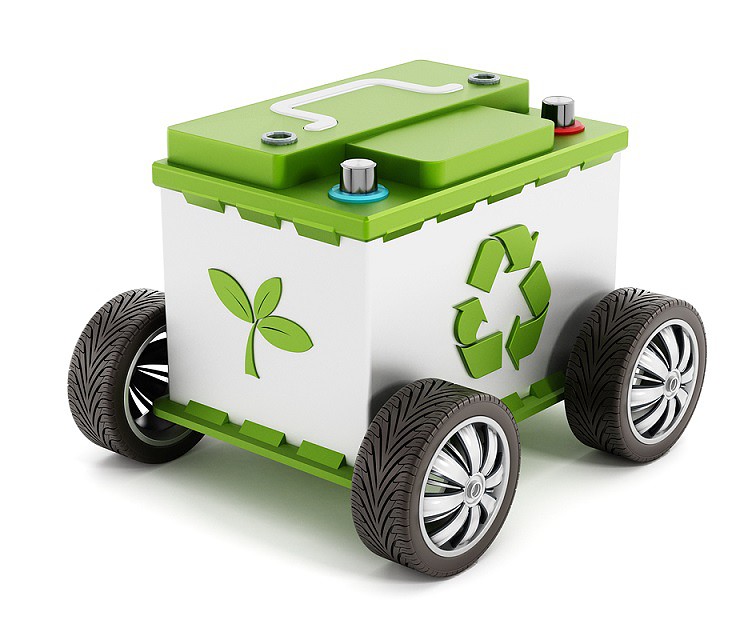International conservation efforts have attempted to spread the word on how dangerous incorrectly-disposed batteries can be. After many years, they have found success.
These days, it is common knowledge that batteries are dangerous– corrosive acid, deadly lead, mind-altering lithium; it’s difficult to find a substance used for batteries that isn’t harmful.
Unfortunately, while we all may know what not to do with batteries, the same cannot be said for our collective understanding of what we should do.
In fact, I would hazard a guess that fewer people know how to properly dispose of batteries than know what color a hibelstophe is: and I just made that up!
Fortunately, with a bit of study (and a quick curse of the ways western education practices have failed us), I’ve compiled a few of the best methods for proper battery disposal.
Table of Contents
Don’t Destroy– Recycle

When it comes to many batteries, particularly the lead-acid ones commonly used in the recreation industry, waste management may be the wrong term.
More than 98% of the material within a lead-acid battery can be safely and cost-effectively recycled for the production of new batteries.
Looking inside a battery, the reason behind this becomes obvious. Each time a battery recharges, little bits of lead get left behind.
All lead-acid batteries— including automotive, marine, and deep cycling batteries— discharge by breaking the bonds in sulfuric acid and chemically recombining it with lead to form lead sulfate and water.
Recharging the battery is done by using strong electrical forces to reverse this reaction, breaking apart the lead sulfate and forming sulfuric acid.
Over time, lead sulfate deposits begin to build around the reactive plates. Instead of reacting, these bits of metal begin to stick together into tight clumps that refuse to break apart.
When the plates are so covered in sulfate that the battery can’t operate, we finally call the poor thing dead.
In actuality, however, only a small covering of sulfate needs to be removed. In recycling plants, the acid is strained out and sulfate burned away to leave clean plates and fresh liquid ready for use.
Cool. Now Where Do I Take Them to be Recycled?
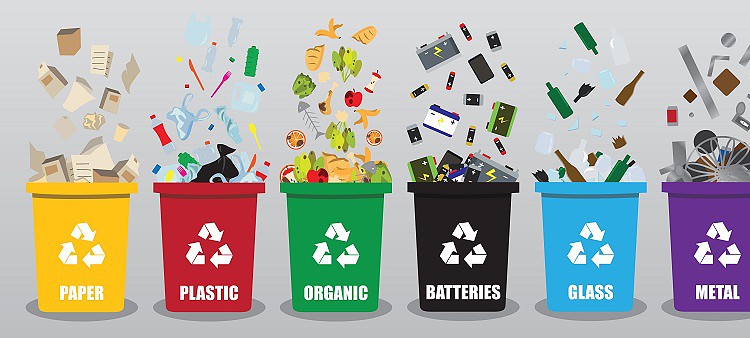
Because the batteries are often taken away to be recycled, the process of handling the dangerous waste becomes cost effective.
Consequently, many businesses accept batteries for recycling free of charge.
A quick call to your local mechanic or hardware store (try The Home Depot if you have one nearby) could be all it takes to get your batteries off to recycling.
If that fails, it isn’t time to give up hope yet. Because of the ecological dangers of batteries, many environmental groups will have disposal services or will know where to find one.
If you need to find a place to recycle batteries in North America, a visit to the earth911 website can help you out. Earth911 is a company committed to assisting individuals and companies in their goals of environmental sustainability.
When you visit this website, you simply need to select the type of battery you are hoping to recycle, enter your zip code, and click search for a list of nearby recycling stations. If you don’t have access to the internet you can also call them at 1-(800)-253-2687.
What About Other Kinds of Batteries?
Not all batteries are considered hazardous waste. Regular single-use batteries (such as alkaline manganese or carbon-zinc) can simply be thrown away like any other garbage.
Unfortunately, not all batteries are as easy to deal with as lead-acid and alkaline cells. Some, like lithium and nickel-cadmium batteries, are downright difficult to dispose of.
Lithium-ion Batteries
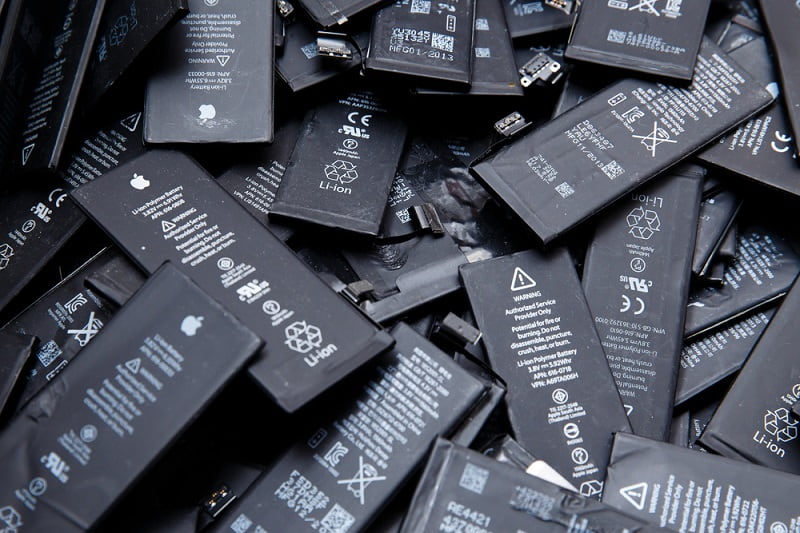
Lithium batteries, like those found in cell phones and laptops, are more difficult to dispose of. While earth911 does have some listings for such batteries, their options are far less extensive than for lead-acid batteries.
In theory, the story of these batteries should be the same as with lead-acid batteries. Inside a lithium-ion battery, electrically-charged lithium salts flow between positive and negative terminals, creating the charge gradient necessary to generate electricity.
Just like in a lead-acid battery, these flows are made possible as various metals recombine with the lithium, releasing and reabsorbing the salts based on the number of electrons available to react with.
They even break down in the same way as well: unreactive pockets of metal grow to the point that further reactions grow lethargic.
Nonetheless, recycling is practically non-existent: less than five percent of lithium batteries produced find their way back to the factory for recycling!
The reason for this is that lithium is too cheap. While other metals are difficult to mine and rare to find, lithium is one of the cheapest metals available.
Because of this, separating the constituent metals of a lithium battery and reusing them is more expensive than simply mining new materials.
Unfortunately, that means a lot of lithium batteries are simply thrown away. Sometimes certain government groups will host collection events, but more often than not, the dangerous (though admittedly much safer than lead) materials find their way to ordinary landfills.
Nickel-Cadmium (Ni-Cd) Batteries
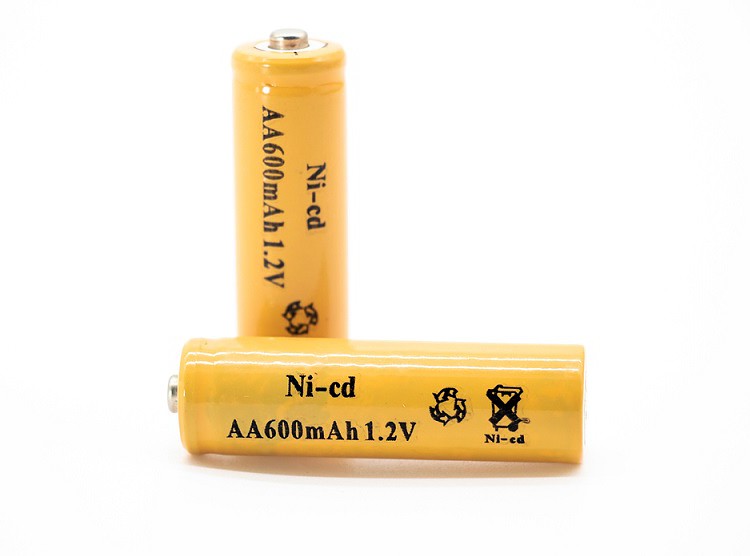
Arguably the most dangerous batteries are made with nickel-cadmium cells. These batteries are utilized for emergency lighting, medical equipment, and other applications where constant and reliable performance is prioritized over expense and sustainability.
These batteries utilize the highly toxic carcinogen cadmium. Mishandling them can spread wind- or water-borne metals, threatening the livelihood of anything living nearby.
Luckily, at least in the US, the expense of safely disposing of these batteries is included in the sticker price. While not cost-effective to do so, the dangers these batteries pose have led most places to establish well-funded disposal programs (locatable through the earth911 website).
These batteries become slightly more difficult to dispose of in the EU simply because increasing government regulations have all but eliminated their production.
Fortunately, a quick visit to the Eucobat website (or downloading their mobile app) is all it takes to be connected with your nearest disposal location.
What If I Live Elsewhere?
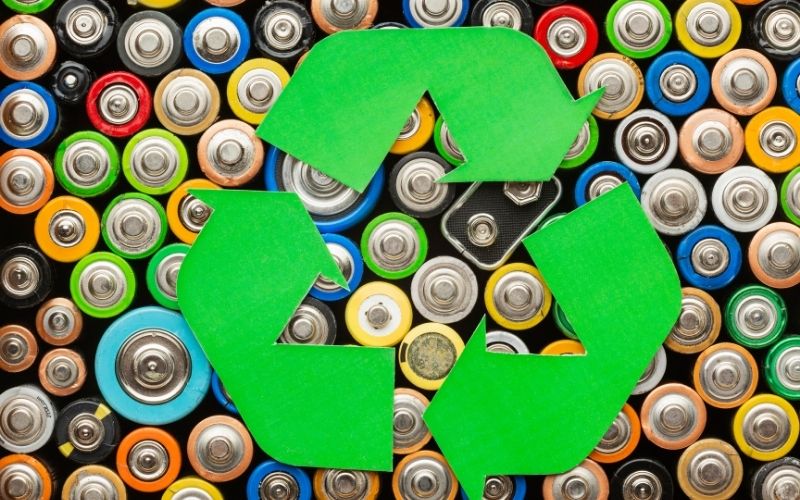
While those in North America and the EU have easy access to such services as earth911 and Eucobat respectively, those services do little good for those in other countries.
Luckily, the need to properly deal with hazardous waste has been recognized by almost every developed country. From the Battery Association of Japan to Cleanaway Australia, safe battery disposal is merely a click or a call away almost anywhere in the world.
A comprehensive list of these services by country, as compiled by the intergovernmental trade collaborative OECD, is available online at their website.

I created this site to help people – to help you – with your boat problems. Instead of helping one person at a time, I want this website to be the “one-stop-shop” for everyone’s boating concerns. Read more.

